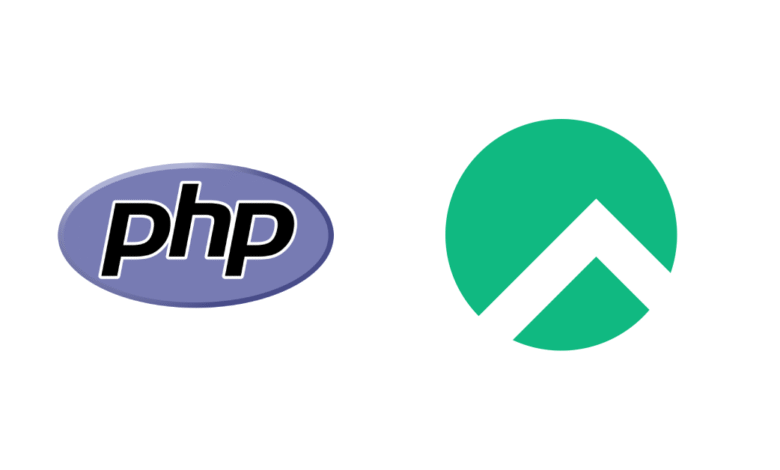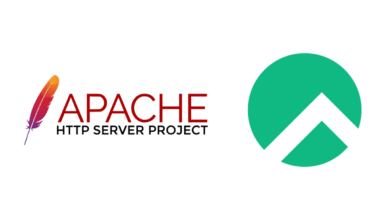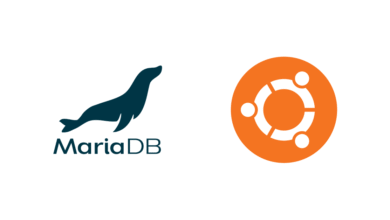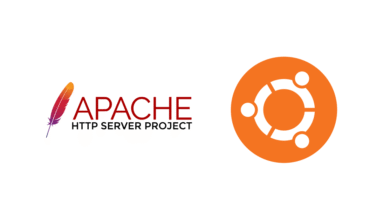
PHP is a popular server-side scripting language widely used for web development. Installing PHP on Rocky Linux 9 is straightforward and can be done using the DNF package manager. This article will guide you through the steps to install PHP on your Rocky Linux 9 system.
Step 1: Update Your System
Before installing any new packages, it’s a good practice to update your system to the latest versions of existing packages.
sudo dnf update -yStep 2: Enable the EPEL Repository
EPEL (Extra Packages for Enterprise Linux) repository provides additional packages that are not included in the default Rocky Linux repositories.
sudo dnf install epel-release -yStep 3: Enable the REMI Repository
The REMI repository provides the latest versions of PHP. To install the latest PHP version, you need to enable this repository.
sudo dnf install https://rpms.remirepo.net/enterprise/remi-release-9.rpm -yStep 4: Install DNF Utils
DNF Utils helps in managing repositories and packages.
sudo dnf install dnf-utils -yStep 5: Enable the PHP Module Stream
Rocky Linux 9 uses module streams to manage different versions of software like PHP. You can check available PHP module streams with:
sudo dnf module list phpEnable the PHP module of your choice. For example, to enable PHP 8.1:
sudo dnf module enable php:remi-8.1 -yStep 6: Install PHP
Now, install PHP and some commonly used PHP extensions:
sudo dnf install php php-cli php-common php-mysqlnd php-fpm php-xml php-mbstring php-curl php-json -yStep 7: Verify PHP Installation
Check the installed PHP version to verify the installation:
php -vYou should see output similar to:
PHP 8.1.x (cli) (built: ...)Step 8: Configure PHP-FPM (Optional)
If you are using PHP-FPM with a web server such as Nginx, start and enable the PHP-FPM service:
sudo systemctl start php-fpm
sudo systemctl enable php-fpmStep 9: Test PHP with a Web Server
If you have Apache or Nginx installed, create a PHP info file to test PHP processing:
- Create a file named
info.phpin your web server’s root directory (e.g.,/var/www/html/):
echo "<?php phpinfo(); ?>" | sudo tee /var/www/html/info.php- Open a web browser and navigate to
http://your_server_ip/info.php
You should see a page displaying detailed information about your PHP installation.
Conclusion
You have successfully installed PHP on Rocky Linux 9. You can now develop or deploy PHP-based web applications on your server. Remember to remove the info.php file after testing to avoid exposing sensitive information about your server configuration.




